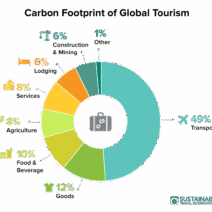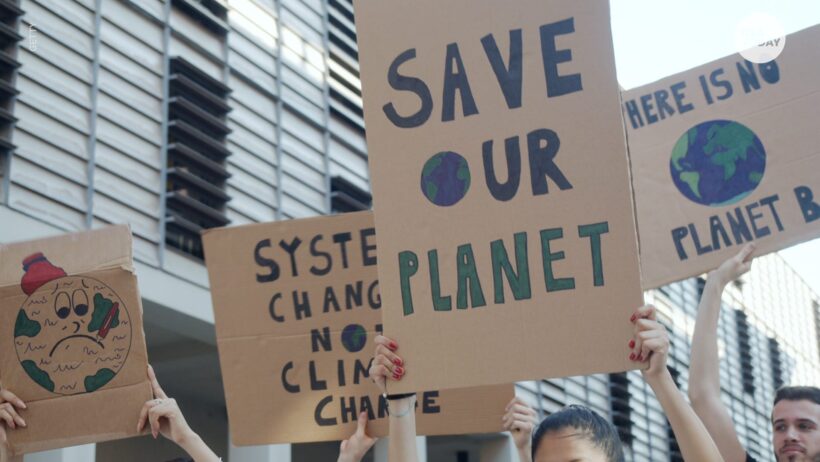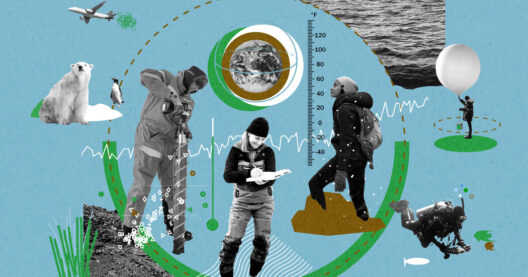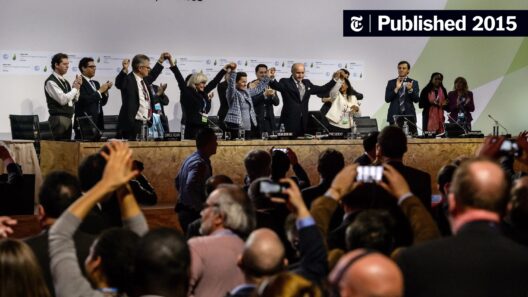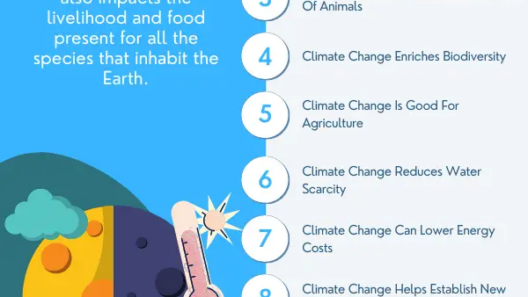Climate change is an undeniable reality, a pressing issue that humanity is reckoning with in the 21st century. The scientific consensus is clear: human activities are driving this phenomenon, resulting in severe environmental degradation. To understand this complex situation, we must delve into how humans have exacerbated climate change and explore the possible avenues for mitigation.
The primary culprit of climate change is the emission of greenhouse gases (GHGs) into the atmosphere, particularly carbon dioxide (CO2), methane (CH4), and nitrous oxide (N2O). These gases create a “greenhouse effect,” where they trap heat from the sun, causing the Earth’s average temperature to rise. Industrial processes, agriculture, and deforestation are key contributors to these emissions. Each of these sectors plays a unique role in amplifying our planet’s warming.
First, the industrial sector stands out as a significant contributor to GHG emissions. The burning of fossil fuels—coal, oil, and natural gas—for energy in manufacturing and transportation is a major source of CO2 emissions. Power plants that generate electricity are often reliant on coal, which releases vast amounts of CO2 upon combustion. Additionally, industrial processes such as cement production and chemical manufacturing release other potent greenhouse gases. There is an urgent need for these industries to transition to renewable energy sources, such as wind, solar, and hydroelectric power. This shift not only curtails emissions but also promotes sustainable economic growth.
Agriculture, another domain of human activity, significantly contributes to climate change through methane and nitrous oxide emissions. Livestock farming, particularly cattle, generates methane during digestion and manure decomposition. Agricultural practices, such as the excessive use of synthetic fertilizers, release nitrous oxide, a gas that is approximately 300 times more potent than CO2. Innovative agricultural techniques, like regenerative farming and agroforestry, present viable solutions to reduce these emissions while ensuring food security.
Deforestation is yet another critical factor. Forests act as carbon sinks, absorbing CO2 from the atmosphere. When trees are cut down for timber or to make way for agriculture, not only is this carbon storage lost, but the act of deforestation itself releases stored carbon back into the atmosphere. Protecting existing forests and restoring degraded ones are vital strategies in the battle against climate change. Sustainable forestry practices can help maintain biodiversity while also supporting local economies.
Urbanization and the subsequent proliferation of cities further complicate the climate challenge. Urban centers account for a considerable percentage of global GHG emissions. Transportation becomes a primary concern, with vehicles on the road contributing to air pollution and greenhouse gas emissions. Transitioning to public transport systems, promoting cycling, and encouraging electric vehicles can mitigate urban emissions. Additionally, sustainable urban planning that incorporates green spaces can improve air quality and overall urban resilience.
Despite these daunting challenges, there is hope. Initiatives are already underway to combat climate change at various levels—local, national, and international. The Paris Agreement, an international pact to limit global warming to well below 2 degrees Celsius, signifies global commitment. However, achieving these targets requires concerted efforts from every segment of society. Governments need to enforce stricter regulations on emissions while investing in green technologies. Individuals can contribute by reducing their carbon footprints through conscious choices—like reducing energy consumption, supporting renewable energy, and advocating for sustainable policies.
Moreover, education plays an indispensable role in addressing climate change. Informing and engaging the public can cultivate a more environmentally conscious society. Schools, community organizations, and social media platforms are effective avenues to raise awareness about climate action. Knowledge is a powerful catalyst for change, prompting individuals and communities to take action and support legislation aimed at environmental preservation.
In addition to individual behaviors, corporations are increasingly feeling the pressure to adopt sustainable practices. Consumers are becoming more environmentally aware, driving businesses to improve their sustainability efforts. Corporate social responsibility has emerged as a competitive advantage, with many companies committing to net-zero emissions by specified deadlines. Transparent reporting on environmental impacts and progress toward sustainability goals has become a significant factor in consumer trust and loyalty.
Ultimately, the fight against climate change presents a colossal challenge that requires holistic approaches and collaboration across every sector of society. While human activities have undoubtedly accelerated climate change, there is still a window of opportunity to mitigate its worst effects. By committing to sustainable practices, advocating for systemic changes, and fostering a culture of environmental stewardship, it is possible to steer humanity toward a more sustainable and equitable future.
The road ahead is fraught with challenges, but the resilience and creativity of humanity offer a beacon of hope. By embracing innovative technologies, promoting sustainable development, and prioritizing environmental justice, we can effectively combat climate change and ensure a livable planet for future generations. The time to act is now—each choice we make today shapes the climate of tomorrow.
